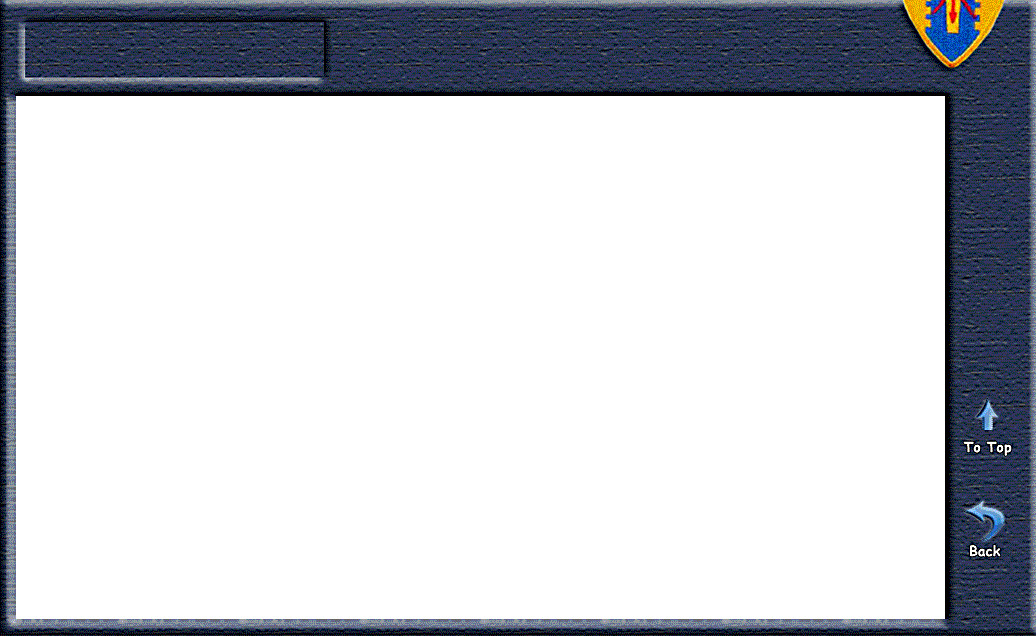

Bruce Powell, Carl Betsill, Brian Harrison, Bob Forringer - 1 Aug 2020
The 2020 upgraded version was just added and the old one deleted
Much left to be done. Full text stories need to be moved to War Stories Section
and linked Outlines of them left here in the Timeline.
It seemed like a great idea several years ago. Take a bunch of events and arrange them in chronological order and make a Timeline.
You remember those terrible timelines we used to have to memorize in history class in high school? Well this would be far more interesting and we would not have to memorize it. If enough people contribute and we get most of the dates in the ball park, then it should make for a good read.
On the technical side was how could the Timeline be sorted and resorted as new information arrived or was revised? It would have to be a spreadsheet or data base of some kind, we thought. There are commercial apps for timelines, but even if the cost was taken care of, none of them quite worked for this mission. It was decided to just do it by hand; cut and paste, one item at a time.
As an experiment a bunch of items, letters and notes, that had dates, along with several Tropic Lightning news articles was assembled into the original draft Timeline. It was finally coded and loaded to the website under the "Timeline" button (This was a few years back).
It was apparent that even with this relatively small amount of data, the Timeline would be real long. Scrolling was a pain. Buttons representing each tour year were added on the right side to speed up finding things.
A second copy of the Timeline was created using some short summary of the articles to make it easier to quickly look through things and then click on that short text summary to go to a full version of the article.
The site ended up with three buttons in the Timeline section across the top. "Intro" to explain things, "Outline" contained a short version of articles and "Full Text" was with all the articles expanded.
Placing long articles in a different version of Timeline (as originally envisioned) isn't really necessary. Most are really just War Stories and can be told in full and with photos in the War Stories section. Only the summary of the story will be in the Timeline Outline to make the Timeline shorter and easier to navagate. Key events, names mentioned, places and such will be in the summary so that a viewer will know if they want to read the full version.
With this new format (6 Aug 2020) we are gradually pulling the long stories in the Timeline and replacing them with outlines or notes and linking the to the full stories in the War Story section.
With our new "Linking" capabilities, where we can link any words to any other section or article, the Timeline can be an outline of Summaries with links to the full stories which will be in the War Stories section. When the reader comes to a summary article in the Timeline that looks interesting or mentions someone they are interested in, they can click on it and go directly to that full story in the War Story Section. In other words, the full stories remain on their own page in the War Story section and have a summary of the story appear on the Timeline. This makes creating and updating the Timeline easier, (except for the fact that someone has to write the summaries).
Some items will not have specific dates, only estimates like "in the spring of 68" or something like that. Initially those will be pasted in where it looks best and flows with the other items on the list. It can be revised as more data is obtained.
This Timeline Outline is intended to read like an outline of a book; a diary type book maybe. From the memory jogging perspective, it may help the viewer remember things by reading the articles that happened around when he was there. It could become one of the biggest draws of our website.
Send me an email if you want to join our Timeline Team